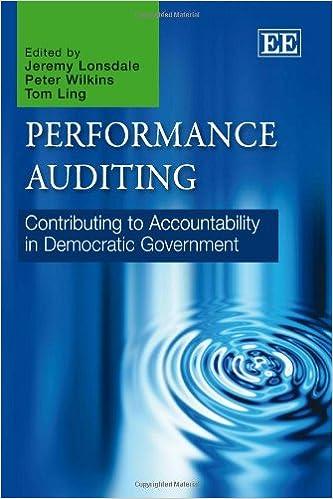
If you have the annual bonds with the annual yields on 1-year, 2-year and 3-year, risk-free, zero-coupon bonds are 1.5%, 2.4% and 2.6%, respectively. a. What are the values of $1000 face amount of each these zero-coupon bonds? b. What is the value of a 3-year, risk-free bond with a coupon rate of 10% (annual coupons) and a face amount of $1000? C. Given the value in part (b) above, what is the annual yield-to-maturity on this bond? d. Consider a 1-year forward contract on a 1-year, $1000 face amount, zero-coupon bond. This forward contract is entered into at time 0, and it specifies the price at time 1 that will be paid for the 1-year bond at that time. The price is set such that no exchange of cash is necessary at time 0. In other words, it is a contract, from the buyer's perspective, with cash flows of time 0 1 2 cash flow 0 -p 1000 where P is the forward price at time 1 that is set at time 0. This forward contract can be priced via the law of one price (no-arbitrage), i.e., the cash flows can be replicated using positions in the 1-year and 2-year zero coupon bonds. 1. How much face amount of the 2-year bond must you buy in order to replicate the time 2 cash flow of the forward contract, i.e., the $1000 at time 2? What time 0 cash flow will the purchase of this bond generate? (Since it is a cost, the cash flow should be negative.) ii. The forward contract has no cash flow at time 0. To offset the cost above, it is necessary to sell exactly this amount (in present value terms) of the 1-year zero coupon bond. Selling this bond will require you to pay the face amount at maturity (at time 1). What are the cash flows associated with this sale at times 0 and 1? In other words, how much face amount of the 1-year bond must you sell (which will generate a negative cash flows at time 1 equal to this amount), and how much cash flow will this sale generate at time 0? iii. The face amount of the 1-year zero is the forward price. What is the implied forward rate, i.e., the implied yield on the 1-year bond purchased at time 1 for P, that pays $1000 at maturity (time 2)? If you have the annual bonds with the annual yields on 1-year, 2-year and 3-year, risk-free, zero-coupon bonds are 1.5%, 2.4% and 2.6%, respectively. a. What are the values of $1000 face amount of each these zero-coupon bonds? b. What is the value of a 3-year, risk-free bond with a coupon rate of 10% (annual coupons) and a face amount of $1000? C. Given the value in part (b) above, what is the annual yield-to-maturity on this bond? d. Consider a 1-year forward contract on a 1-year, $1000 face amount, zero-coupon bond. This forward contract is entered into at time 0, and it specifies the price at time 1 that will be paid for the 1-year bond at that time. The price is set such that no exchange of cash is necessary at time 0. In other words, it is a contract, from the buyer's perspective, with cash flows of time 0 1 2 cash flow 0 -p 1000 where P is the forward price at time 1 that is set at time 0. This forward contract can be priced via the law of one price (no-arbitrage), i.e., the cash flows can be replicated using positions in the 1-year and 2-year zero coupon bonds. 1. How much face amount of the 2-year bond must you buy in order to replicate the time 2 cash flow of the forward contract, i.e., the $1000 at time 2? What time 0 cash flow will the purchase of this bond generate? (Since it is a cost, the cash flow should be negative.) ii. The forward contract has no cash flow at time 0. To offset the cost above, it is necessary to sell exactly this amount (in present value terms) of the 1-year zero coupon bond. Selling this bond will require you to pay the face amount at maturity (at time 1). What are the cash flows associated with this sale at times 0 and 1? In other words, how much face amount of the 1-year bond must you sell (which will generate a negative cash flows at time 1 equal to this amount), and how much cash flow will this sale generate at time 0? iii. The face amount of the 1-year zero is the forward price. What is the implied forward rate, i.e., the implied yield on the 1-year bond purchased at time 1 for P, that pays $1000 at maturity (time 2)







